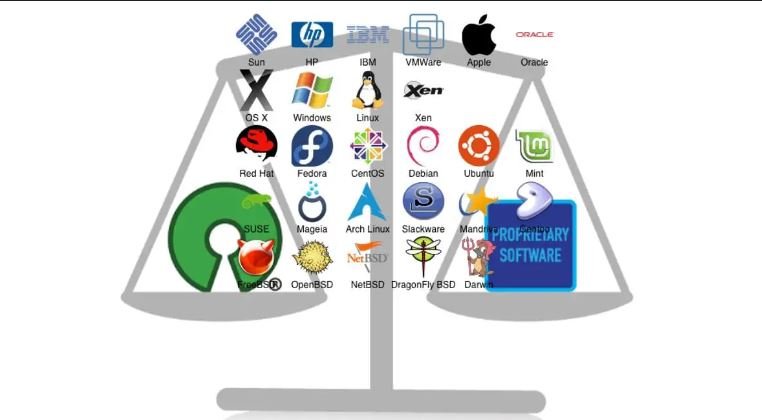Proprietary software and custom-built software differ in several critical aspects, shaping how businesses operate and interact with their software solutions. Choosing between proprietary software and custom-built software often depends on the specific needs and long-term goals of a company. Understanding these key differences helps businesses make informed decisions that align with their requirements and growth potential.

Ownership and Control
One significant difference between proprietary and custom-built software is the level of ownership and control. With proprietary software, a third-party company owns and manages the software, meaning users have limited control over how the software functions or gets updated. Businesses that rely on proprietary software must follow the vendor’s terms and conditions and have no control over future updates or changes.
In contrast, custom-built software offers complete ownership and control. Businesses that invest in custom-built software can tailor the program to fit their specific needs and preferences. This control allows companies to modify the software as their needs evolve, ensuring that it remains aligned with their operational objectives. The ability to adapt the software over time can offer significant advantages in maintaining flexibility.
Cost Considerations
Cost is another major difference between proprietary and custom-built software. Proprietary software typically involves lower upfront costs since businesses pay for a ready-made solution. Most proprietary software follows a subscription or licensing model, meaning companies pay recurring fees to maintain access to the software and receive regular updates.
Custom-built software, however, requires a more substantial initial investment. Since it is developed from the ground up to meet specific requirements, the cost of design, development, and testing can be higher than purchasing a pre-built solution. Despite the higher upfront cost, custom-built software may save businesses money in the long term by eliminating licensing fees and allowing for continuous modifications without extra charges.
Flexibility and Customization
Flexibility plays a key role in the differences between proprietary and custom-built software. Proprietary software generally offers limited customization options. While these solutions may meet many needs, they often include features that are either unnecessary or not adaptable to a specific business. Users are also restricted in terms of adding new functionality or changing existing features.
Custom-built software is inherently flexible and designed with customization in mind. Businesses can create software that aligns perfectly with their workflows and can add or remove features as needed. This flexibility ensures that the software remains relevant to the business’s evolving needs, providing a competitive edge in adapting to changes in the industry.
Support and Maintenance
Support and maintenance differ significantly between proprietary and custom-built software. With proprietary software, businesses typically receive technical support directly from the vendor. This support is often included as part of the licensing or subscription fees. However, users are dependent on the vendor for updates, bug fixes, and ongoing support.
On the other hand, custom-built software requires businesses to manage their own support and maintenance, either in-house or through a third-party provider. While this may require additional resources, it gives companies control over when and how updates occur. This ability to control the maintenance process can prevent disruption to business operations, offering greater stability and reliability.
Conclusion
Choosing between proprietary and custom-built software depends on factors like ownership, cost, flexibility, and support needs. Proprietary software offers convenience and lower upfront costs, but it comes with limitations in control and customization. Custom-built software provides full control and flexibility but requires a higher initial investment and ongoing maintenance. By understanding the key differences, businesses can choose the solution that best fits their unique needs and long-term strategy.











